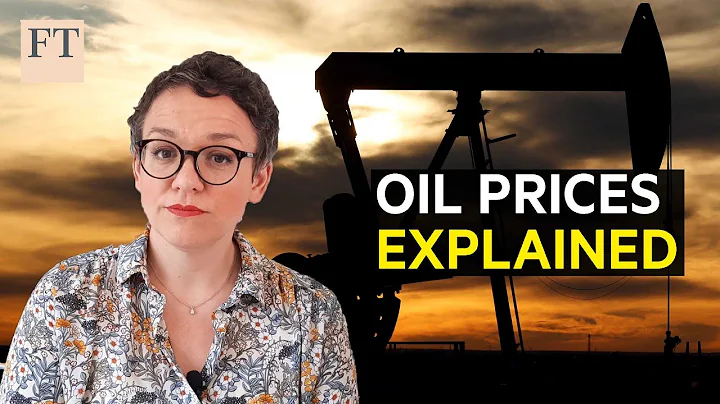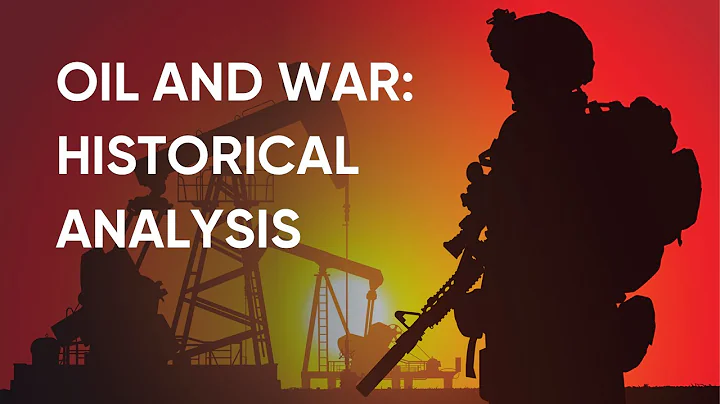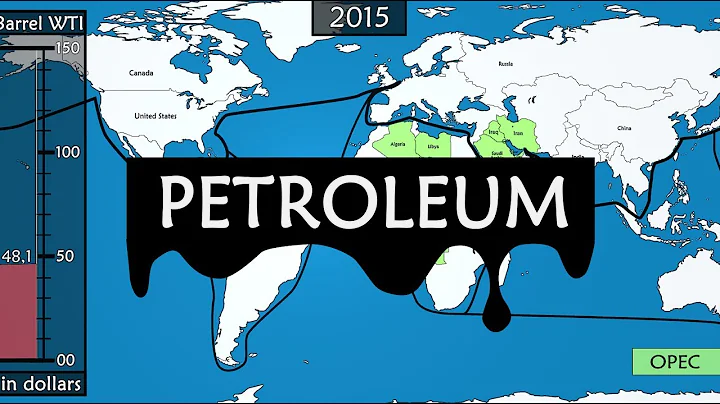
Figure 1 International crude oil price trend chart in 2019

Source: Longzhong Information
It can be seen that the performance of international oil prices this year is better than that of 2015-2017. From the perspective of the past five years, oil prices are in a higher range. Intuitively, the overall trend is not as good as that of 2018, but in fact, the international oil price increase in 2019 was the largest in three years, with WTI crude oil futures rising by 34.5% and Brent crude oil futures rising by 22.7%. However, the increase was lower than that in 2019. The reason is that oil prices fell sharply in the fourth quarter of 2018, narrowing the annual increase. However, in the fourth quarter of 2019, oil prices followed a strong upward curve, which was much higher than the same period in 2018. , reflecting that the bottom support is relatively stable. The benefits of the international crude oil market this year can be summarized as the following three points:
1, OPEC and the production reduction alliance have made the decision to deepen production cuts in 2020. 2. U.S.-China trade relations have improved, China's manufacturing data has maintained a growth trend, and the economy continues to show signs of stabilization. 3. The number of active oil rigs in the United States dropped to the lowest level since April 2017 in the fourth quarter, and U.S. crude oil inventories fell seasonally. These factors have supported oil market sentiment. It is worth noting that on September 16, European and American crude oil futures achieved the largest percentage increase in more than 30 years, with trading volume hitting a record high. The settlement price was US$69.02 per barrel, an increase of US$8.80, or 14.6%, from the previous trading day. The reason is 9 On March 14, Saudi Arabia's oil infrastructure suffered the largest attack in more than a decade, resulting in a reduction of more than 5 million barrels of daily crude oil production. As a result, oil prices rose sharply during the session.
Figure 2 Comparison of the high and low ranges of international crude oil prices from 2008 to 2019

Source: Longzhong Information
Judging from the fluctuation range of international oil prices (Brent as an example) in the second half of the past decade, US$40 is the bottom support. The two-year bottom was further raised to US$50/barrel. Since oil prices fell back from their highs in 2014, they have only risen to a high of over US$80 in 2018. In other years, they have mostly fluctuated between US$60 and US$70. Judging from the price of Brent in 2019, the peak occurred in late April. The high point during the year was the Brent settlement price of US$74.57/barrel on April 24, and the low point was US$53.8/barrel on January 1. The mainstream fluctuation range of Lrent is about 60-70 US dollars per barrel. The price bottom support throughout the year is relatively stable. It has neither reached a top of 80 US dollars nor a bottom of 50 US dollars. The fluctuations are not violent and relatively stable.
Figure 3 Quarterly performance chart of international crude oil prices from 2015 to 2019

Source: Longzhong Information
From the quarterly analysis of the past five years, the first quarter of 2015 and 2016 showed a deep decline. The reason is that in 2014 OPEC persisted. The stance and policy of cutting production led to the collapse of traders' mentality, and this negative impact lasted until 2016. Oil prices are the strongest in the second quarter. Except for 2017, oil prices in other years have performed well in the second quarter. The performance of oil prices in the third quarter was relatively weak, falling in both 2018 and 2019. In addition, oil prices also fell in the fourth quarter of 2015 and 2018. The lack of strong support from OPEC to control production in the crude oil market was the main factor, which led to the third quarter of 2015. In the fourth quarter, Brent fell below $50, and international oil prices fell to their lowest point in seven years.
The average price of international crude oil (Brent) in 2019 was US$64.17/barrel, down 10.37% from last year. The trend of international oil prices throughout the year showed the characteristics of "up-down-up". In the first quarter, oil prices rose sharply in an environment of strong demand and shrinking supply. In the second quarter, oil prices rose to highs as the U.S.-China trade war escalated. fell, but stabilized amid shocks in the third quarter. U.S. crude oil inventories fell seasonally in the fourth quarter, U.S.-China trade relations improved, OPEC decided to deepen in 2020, and international oil prices showed an upward trend.
Looking forward to 2020, the key points affecting oil prices are: 1. OPEC will implement new production reduction targets starting from January 2020, and the production reduction policy will most likely continue, which will still bring positive support.2. U.S. crude oil production currently has no significant growth momentum, and the negative impact may be limited. 3. Global trade risks will continue, crude oil demand is still not optimistic, and economic and demand-side performance still restrains oil price increases. 4. The geopolitical situation is turbulent, but if there are no major events, the impact on oil prices will be relatively limited. Overall, the bottom support for international oil prices in 2020 is relatively solid. The talisman of OPEC's production reduction will give strong support to the crude oil market. However, the low growth of the global economy and the uncertainty of trade relations will restrain the increase in oil prices.





















